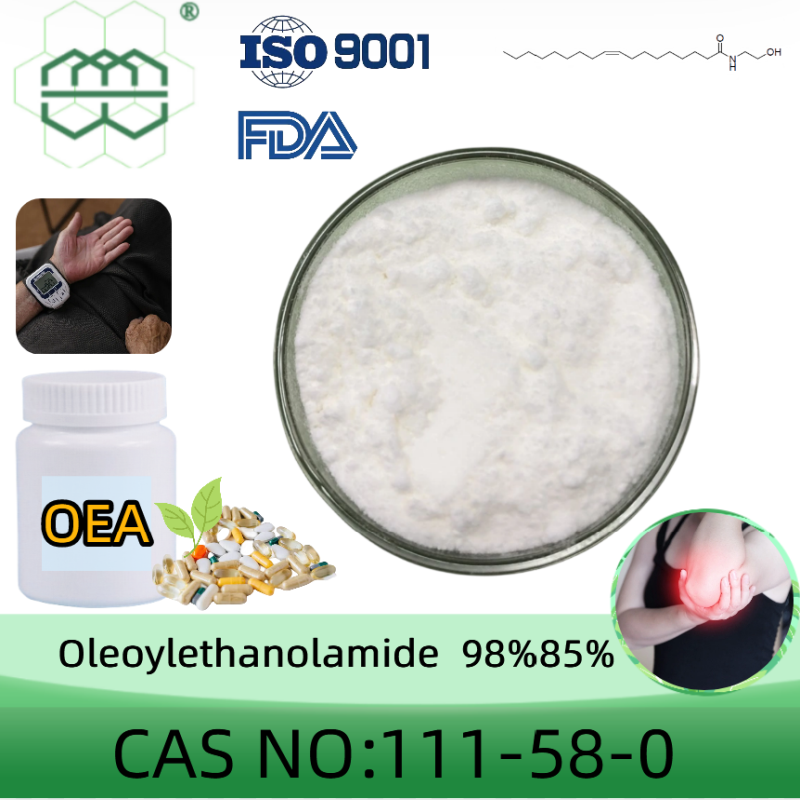-
Categories
-
Pharmaceutical Intermediates
-
Active Pharmaceutical Ingredients
-
Food Additives
- Industrial Coatings
- Agrochemicals
- Dyes and Pigments
- Surfactant
- Flavors and Fragrances
- Chemical Reagents
- Catalyst and Auxiliary
- Natural Products
- Inorganic Chemistry
-
Organic Chemistry
-
Biochemical Engineering
- Analytical Chemistry
-
Cosmetic Ingredient
- Water Treatment Chemical
-
Pharmaceutical Intermediates
Promotion
ECHEMI Mall
Wholesale
Weekly Price
Exhibition
News
-
Trade Service
Due to differences in economy, society, eating habits and other aspects, the food additive management systems of different countries and regions are different
.
Export food businesses should be aware of the specific regulations of their target country to ensure compliance for export of their products
.
In order to enable relevant enterprises to have an in-depth understanding of the differences in food additive supervision in various countries/regions, Food Partner Network has previously sorted out the regulatory requirements of food additives in the United States, the European Union, Japan and other countries/regions, and this issue will share with you the compliance requirements
of food additives in the Philippines.
.
Export food businesses should be aware of the specific regulations of their target country to ensure compliance for export of their products
.
In order to enable relevant enterprises to have an in-depth understanding of the differences in food additive supervision in various countries/regions, Food Partner Network has previously sorted out the regulatory requirements of food additives in the United States, the European Union, Japan and other countries/regions, and this issue will share with you the compliance requirements
of food additives in the Philippines.
01
Regulation of food additives in the Philippines
In the Philippines, food additives must be registered and approved by the Food and Drug Administration (PFDA) and should comply with the Bureau Circular No.
2006-016 established by the PFDA
.
2006-016 established by the PFDA
.
The use of new food additives not included in Bureau Circular No.
2006-016 requires approval
from the Ministry of Health.
Applicants may apply in accordance with the Food Additives Regulatory Guidelines (A.
O.
No.
88-A S 1984), submit technical certificates and materials related to new food additives to the Ministry of Health through the PFDA, which will review
them.
If the food additive is reviewed by the PFDA, the PFDA will recommend that the Ministry of Health approve the use of
the additive.
2006-016 requires approval
from the Ministry of Health.
Applicants may apply in accordance with the Food Additives Regulatory Guidelines (A.
O.
No.
88-A S 1984), submit technical certificates and materials related to new food additives to the Ministry of Health through the PFDA, which will review
them.
If the food additive is reviewed by the PFDA, the PFDA will recommend that the Ministry of Health approve the use of
the additive.
02
Classification of food additives in the Philippines
In the Bureau Circular No.
2006-016, the Philippines divides food additives into three categories, namely general food additives, processing aids and nutritional fortifiers
.
Among them, general food additives are divided into 25 categories according to their functions, including acid regulators, anti-caking agents, defoamers, antioxidants, bleaching agents, bulking agents, carbonization agents, pigments, color retention agents, emulsifiers, emulsified salts, curing agents, flavor enhancers, flour curing agents, foaming agents, gelling agents, glazing agents, moisturizers, preservatives, propellants, leavening agents, chelating agents, stabilizers, sweeteners and thickeners
.
2006-016, the Philippines divides food additives into three categories, namely general food additives, processing aids and nutritional fortifiers
.
Among them, general food additives are divided into 25 categories according to their functions, including acid regulators, anti-caking agents, defoamers, antioxidants, bleaching agents, bulking agents, carbonization agents, pigments, color retention agents, emulsifiers, emulsified salts, curing agents, flavor enhancers, flour curing agents, foaming agents, gelling agents, glazing agents, moisturizers, preservatives, propellants, leavening agents, chelating agents, stabilizers, sweeteners and thickeners
.
03
Use of food additives in the Philippines
The use of food additives in the Philippines should comply with the Food Additives List (Bureau Circular No.
2006-016)
published by the PFDA.
2006-016)
published by the PFDA.
The general principles, types, scope of use and limits of use of food additives in the Philippines are required in Bureau Circular No.
2006-016, which specifies that the quality specifications and purity of food additives should meet the requirements of the Joint Expert Committee on Food Additives of the Food and Agriculture Organization of the United Nations and the World Health Organization or other international regulatory agencies (if not required by JECFA).
It also clarifies that the Philippines regulates the use of flavors and refers to and enforces regulations
established by the American Association of Food Flavors and Extracts Manufacturers and/or the International Fragrance Industry Organization.
2006-016, which specifies that the quality specifications and purity of food additives should meet the requirements of the Joint Expert Committee on Food Additives of the Food and Agriculture Organization of the United Nations and the World Health Organization or other international regulatory agencies (if not required by JECFA).
It also clarifies that the Philippines regulates the use of flavors and refers to and enforces regulations
established by the American Association of Food Flavors and Extracts Manufacturers and/or the International Fragrance Industry Organization.
Enterprises exporting to the Philippines need to determine the compliance
of food additives according to the additives used and the amount of use of products, the food category to which they belong, and the regulatory requirements of Philippine food additives.
For example, vitamin functional drinks, which are common in China, are classified as non-carbonated water-based flavored beverages according to food classification in the Philippines, and the food additives used in them are judged
to be compliant according to the limit regulations in Bureau Circular No.
2006-016.
of food additives according to the additives used and the amount of use of products, the food category to which they belong, and the regulatory requirements of Philippine food additives.
For example, vitamin functional drinks, which are common in China, are classified as non-carbonated water-based flavored beverages according to food classification in the Philippines, and the food additives used in them are judged
to be compliant according to the limit regulations in Bureau Circular No.
2006-016.
04
Identification of food additives in the Philippines
The Regulations for the Distribution of Prepackaged Food Labelling in the Philippines (Administrative Order No.
2014-0030) requires that a complete ingredient list
be identified on the label except for single-ingredient foods.
The ingredient list should be preceded by the appropriate introductory word, or preceded by the word
"ingredients".
The complete ingredient list should be declared on the information page in descending order of composition, and the content to be compulsorily marked includes the additives, fragrances and preservatives
used.
2014-0030) requires that a complete ingredient list
be identified on the label except for single-ingredient foods.
The ingredient list should be preceded by the appropriate introductory word, or preceded by the word
"ingredients".
The complete ingredient list should be declared on the information page in descending order of composition, and the content to be compulsorily marked includes the additives, fragrances and preservatives
used.
The identification of food additives in the ingredient list follows the rule
of descending proportions.
If an ingredient itself is a compound of two or more ingredients, arrange the original ingredient in parentheses in the ingredient list and in descending order of proportion (m/m); Except for compound ingredients, which play a technical role in the finished product, if the compound ingredient accounts for less than 5% of the food, there is no need to label the original ingredient
.
of descending proportions.
If an ingredient itself is a compound of two or more ingredients, arrange the original ingredient in parentheses in the ingredient list and in descending order of proportion (m/m); Except for compound ingredients, which play a technical role in the finished product, if the compound ingredient accounts for less than 5% of the food, there is no need to label the original ingredient
.
Summary
The above are the compliance requirements
for food additives in the Philippines.
Food exports need to comply with the laws and regulations of the target country so that exporting companies can ensure export compliance
of their products.
If you have a need for compliance consulting services related to exporting to the Philippines, please contact us
.
for food additives in the Philippines.
Food exports need to comply with the laws and regulations of the target country so that exporting companies can ensure export compliance
of their products.
If you have a need for compliance consulting services related to exporting to the Philippines, please contact us
.







